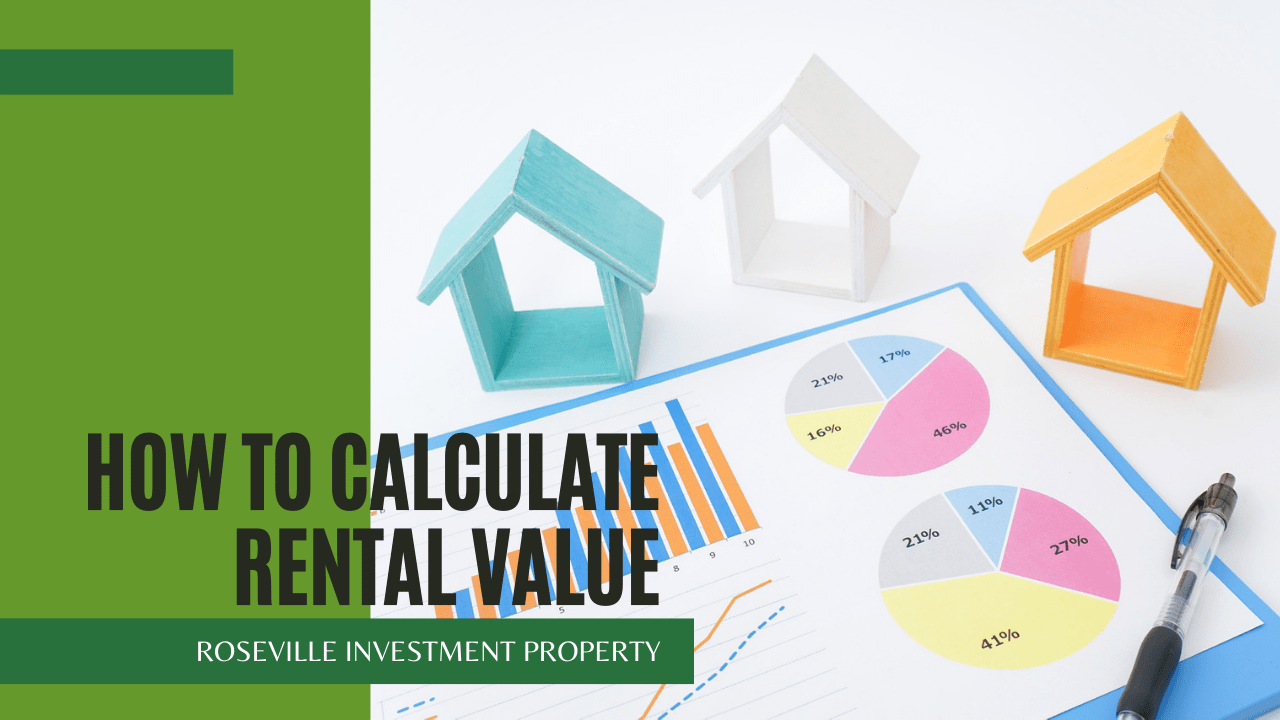Determining the value of a rental property can be a daunting task, especially for those new to the world of real estate investing. With so many factors to consider, it’s easy to get overwhelmed and wonder where to start. In this article, we’ll break down the key elements that affect a rental property’s value, and provide a step-by-step guide on how to determine its worth.

Cash Flow is King
Before we dive into the nitty-gritty of valuation, it’s essential to understand that cash flow is the lifeblood of any rental property. A property’s value is directly tied to its ability to generate income and pay its expenses. When evaluating a rental property, ask yourself:
- How much rent can I charge?
- What are the average vacancy rates in the area?
- What are the monthly expenses, including mortgage payments, property taxes, insurance, and maintenance?
Gross Income Multiplier (GIM)
One of the simplest ways to estimate a rental property’s value is by using the Gross Income Multiplier (GIM) method. This approach involves dividing the property’s value by its gross annual income. For example, if a property is valued at $200,000 and generates $30,000 in annual rent, the GIM would be 6.67 ($200,000 ÷ $30,000).
To use the GIM method, you’ll need to know the following:
- The property’s annual rent
- The property’s current value (or a estimated value)
- The GIM ratio for the area (this can vary depending on location and property type)
Capitalization Rate (Cap Rate)
The Capitalization Rate (Cap Rate) method is another widely used approach to estimating a rental property’s value. This method involves dividing the property’s net operating income (NOI) by its value. For example, if a property generates $25,000 in annual NOI and is valued at $200,000, the Cap Rate would be 12.5% ($25,000 ÷ $200,000).
To use the Cap Rate method, you’ll need to know the following:
- The property’s annual NOI
- The property’s current value (or a estimated value)
- The Cap Rate for the area (this can vary depending on location and property type)
It’s essential to note that both the GIM and Cap Rate methods have their limitations. They’re best used as a rough estimate, rather than a definitive valuation.
Operating Expenses and Other Costs
When evaluating a rental property, it’s crucial to consider operating expenses and other costs. These can include:
- Property taxes
- Insurance





